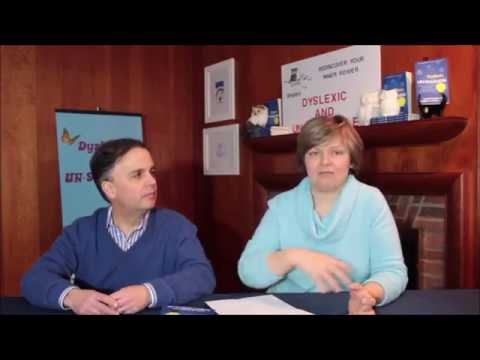
The authors of the book Dyslexics and UNstoppable recorded a video to discuss techniques that might not work for dyslexics when learning spelling. For instance, when it comes to learning spelling words, they believe that listing all the words in a row on one sheet can be overwhelming for dyslexics because they might jump or blur together.
Repetition is also something that doesn’t work for dyslexics, so learning spelling words with pictures can be very helpful. In addition, forcing dyslexics to remain rigid and not move or wiggle while they’re studying can also make them feel stifled. The good news, though, is that once people learn an effective way to teach dyslexics, the pressure goes away for them and they are able to learn much easier.
Key Takeaways:
1
The authors of the book “Dyslexic and Un-Stoppable” discuss spelling strategies and techniques for dyslexic children.
2
Spelling strategies that are effective in non-dyslexic children do not tend to work in dyslexic children. Black and white print, crowding words on a page, and repetition all tend to be problems for dyslexic learners.
3
Some vital teaching techniques for dyslexic learners are spacing out words to learn, utilizing colors to engage the brain, eschewing repetition for novel examples, and using pictures.
Do You Need help with a Learning Difficulty?
Our simple online analysis will help you get to the core of the problem and find the right solution for you.
Understanding how to help someone with a learning difficulty starts with understanding which micro-skills are affected. When you learn which of the micro-skills is the problem, you will then be on your way to solving it.
You'll also learn how to:
- Build confidence
- Enhance Learning ability
- Eliminate avoidance
- Build grit
You can get this analysis for free by filling out this simple form. This will help you get to the bottom of a learning difficulty and provide you with a solution. If you are ready to put this problem behind you click the button below and fill out the form.










